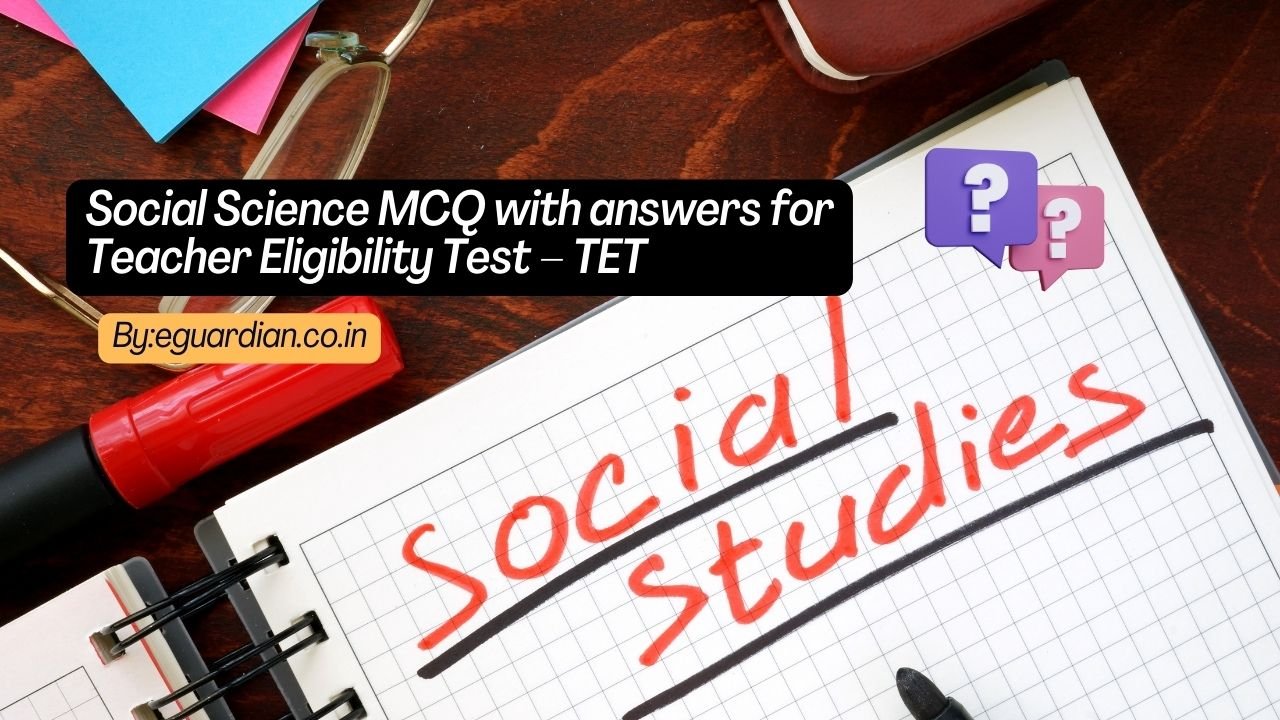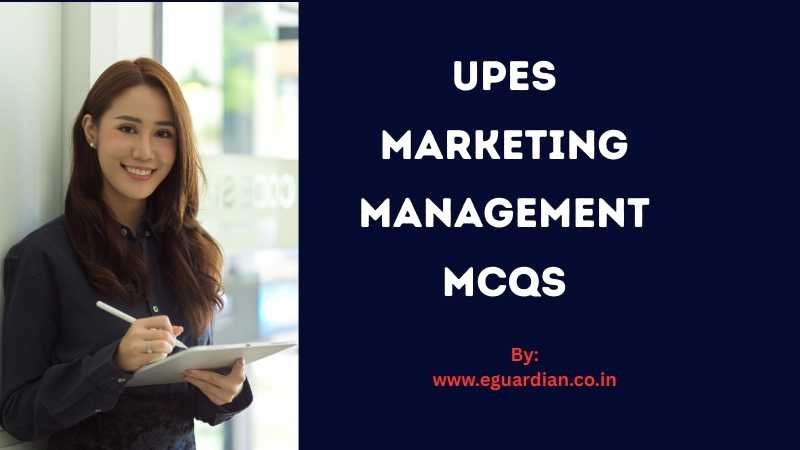Preparing for an exam can be a daunting task, especially when it comes to subjects like Total Quality Management (TQM). As one of the most important concepts in the field of business and management, TQM requires a thorough understanding of its principles and practices.
To aid students in their exam preparation, many resources are available, including Total Quality Management MCQ – TQM questions answers Pdf. This article aims to provide valuable insights into the benefits of utilizing such resources and how they can contribute to effective exam readiness.
Whether you are a student seeking comprehensive study material or an instructor looking for reliable assessment tools, this article will guide you towards finding the necessary MCQs on TQM to enhance your knowledge and ace your exams.

75 Important Total Quality Management MCQ.
1. Value is ___ divided by ___.
Ans. Quality, price
2. Quality of conformance ___ as cost ___.
Ans. Increases, decreases
3. Productivity is defined as the ratio of ___ divided by the ___ used.
Ans. Saleable output, resources
4. The performance standard must be “close enough”, not “that’s Zero Defect”.
Ans. False
5. Craftsmen all around ___ were organized into groups called ___.
Ans. Medieval Europe, guilds
6. Dr Genichi Taguchi formulated his ___ that combines cost, target and variation into one metric.
Ans. Loss-Function concept
7. ___ and ___ are the guidelines.
Ans. ISO 9000, ISO 9004
8. ISO ___, ISO ___, and ISO ___ are the categories for which companies may apply for certification.
Ans. 9001, 9002, 9003
9. ISO 9000 registration is required only if a company manufactures the listed products.
Ans. False
10. There are ___ essential steps to be carried out in order to implement the ISO 9000 quality management system successfully.
Ans. 14
11. Six Sigma process is one in which 99.99966% of the manufactured products are with ___.
Ans. Zero defects
12. The origin of the term Six Sigma is derived from a statistical measure that equates to ___ or fewer errors or ___ per million opportunities.
Ans. 3.4, defects
13. A person who can participate as a project team member is called a green belt.
Ans. False
14. Samsung Electronics Co. (SEC) was established in ___.
Ans. 1969
15. The late ___ is a reliability engineer at Motorola.
Ans. Bill Smith
16. Patterns of variations are well described with a ___ or ___.
Ans. Bell-shaped, Gaussian curve
17. Determination of process inputs and outputs is achieved during the measure phase.
Ans. True
18. Brainstorming is a tool that is used in the ___ phase.
Ans. Improve
19. The Six Sigma is a business strategy to ___the ___by attaining good quality.
Ans. Reduce, cost
20. Six Sigma targets variation in ___ and focuses on the ___ improvement instead of final outcome.
Ans. Processes, process
21. The keystone of quality management is the concept of ___and ___ working together for their mutual advantage.
Ans. Customer, supplier
22. Establishment of long-term quality objectives demonstrates ___ and ___ with regard to quality.
Ans. Management vision, strategic thinking
23. Elements of quality management are planning, ___, assurance, and ___.
Ans. Control, improvement
24. The verification of process output is executed by comparing the process output with applicable specifications, standards or requirements.
Ans. True
25. Quality control and quality assurance are used interchangeably to refer to actions performed to ensure the quality of a product or service.
Ans. True
26. The primary measure of system output is ___.
Ans. Customer satisfaction
27. Internal audit is a ___for evaluating ongoing system compliance.
Ans. Primary tool
28. Model is the sign of information, ___, relationship, and ___.
Ans. Activity, constraint
29. Industry-specific QMS is ___.
Ans. ASME NQA-l
30. A quality management system consists of only the structure, procedures, processes, and resources required to implement quality management.
Ans. False
31. In “SWOT analysis”, if considerable differences occur, then strategies, goals, and actions must be identified and is called ___.
Ans. Gap analysis
32. ___ and ___ into the annual business plan requires a structural approach to align activities at a different level.
Ans. Translation, employment strategies
33. ___ states that the consumer is the most important part of the production line.
Ans. Deming
34. ___are formal reviews conducted during the development of a product to guarantee business development.
Ans. Plan review
35. ___ provide a written account of systems used in minimizing product and process variation.
Ans. Control plan
36. Business is full of various types of ___ and uncertainties.
Ans. Risk
37. The ___ leads the operation of the business and its relationships with society at large, customers, suppliers, employees, the local community, and other stakeholders.
Ans. Values
38. ___ helps to identify possible strategies by structuring on strengths, resolving weaknesses, exploiting opportunities, and preventing threats.
Ans. SWOT
39. Action Plans are geared toward operations, ___, and ___.
Ans. Procedures, processes
40. The most important in implementing quality strategies is the ___ of upper management.
Ans. Individual leadership
41. ___ measures are far more efficient at reducing defects and improving quality than the assessment of the finished product.
Ans. Process control
42. Translating the vision is one of the four management processes in the balanced scorecard.
Ans. True
43. Under-estimation time requirement is one of the reasons for the failure of the strategic plan.
Ans. True
44. SO 9000:2000 was revised in the year 2008.
Ans. True
45. The ___ standards created by ISO are meant to certify the processes and the system of an organization.
Ans. Quality Management System
46. ___ is used to enhance the integrity of a process, to maintain reliability, and to achieve the desired outcome.
Ans. Quality control
47. QI (Quality Improvement) involves both ___ and ___ reviews.
Ans. Potential, retrospective
48. Indicator is highly specific and sensitive.
Ans. True
49. Indicators allow the management to ___ and measure quality.
Ans. Benchmark
50. A key factor for organizational chronic problems is the lack of a ___ approach to recognize and reduce the problem.
Ans. Structured
51. Project by project approach was proposed by Juran 1964 as the ___ for improvement.
Ans. Breakthrough sequence
52. ___coordinates the activities of the instructional development.
Ans. Project leader
53. The project charter should be changed and redistributed to all the___.
Ans. Team members
54. ___ establish visual and content standards that the team can quickly and easily adhere to.
Ans. Templates
55. The principles of QI were innovated by ___.
Ans. W. Edward Deming
56. ___ is also known as the house of quality approach.
Ans. Quality Function Development (QFD)
57. ___ in Japan was a major reason for the development of Japanese industrial and economic strength.
Ans. Kaizen
58. The Reliability is a number between ___ and ___.
Ans. 0, 1
59. The two groups for Reliability estimation are ___ and ___.
Ans. Single administration, Multiple administration
60. Multiple-administration methods require ___ assessments.
Ans. Two
61. In classical test theory, reliability is defined mathematically as the ratio of the variation of the ___and the variation of the ___.
Ans. True score, Observed score
62. The two most important aspects of precision are ___ and ___.
Ans. Reliability, Validity
63. ___ is based on failures being attributed to chemical reactions within electronic components.
Ans. Accelerated life testing
64. The most common form of reliability is ___.
Ans. Retest reliability
65. ___ should be regarded as a measure of internal consistency of the mean of the items at the time of supervision of the questionnaire.
Ans. Alpha Reliability
66. ___ is a procedure by which each potential mode is ranked according to the combined influence of severity and probability of occurrence.
Ans. Critical Analysis
67. ___ of the manufacturing process clearly makes an essential contribution to the reliability of a product.
Ans. Quality Control
68. Which reliability, measures the consistency of results across items within a test?
Ans. Internal Consistency
69. Reliability is the ___ of product measurement.
Ans. Repeatability
70. The ___ is used to represent many different distributions and as such it has many applications.
Ans. Weibull Distribution
71. The Normal distribution is often called the ___.
Ans. Bell Curve
72. Reliability prediction is the process used to estimate the ___ rate during the life of a product.
Ans. Constant failure
73. Life test procedures are effective but expensive.
Ans. True
74. The concept of quality costs is a means to quantify the ___of quality-related efforts and deficiencies.
Ans. Total Cost
75. ___ is measured in currency including all losses and wastes to be converted to their liquidated cost equivalent.
Ans. Cost Of Quality
Conclusion
Total Quality Management (TQM) is a vital aspect of modern business practices. It ensures that organizations meet customer expectations and continuously improve their processes. The MCQs provided in this article serve as a valuable resource for individuals preparing for TQM exams.
By sharing these MCQs on social media, you can help others in their exam preparation journey and contribute to the dissemination of knowledge. So, don’t hesitate to spread the word and encourage your peers to benefit from this comprehensive TQM question-answer PDF.
Together, we can create a community of well-informed professionals dedicated to enhancing quality standards in every industry.
You may also like
- Project Management MCQs with Answers pdf notes
- Total Quality Management Multiple Choice Questions and Answers pdf



